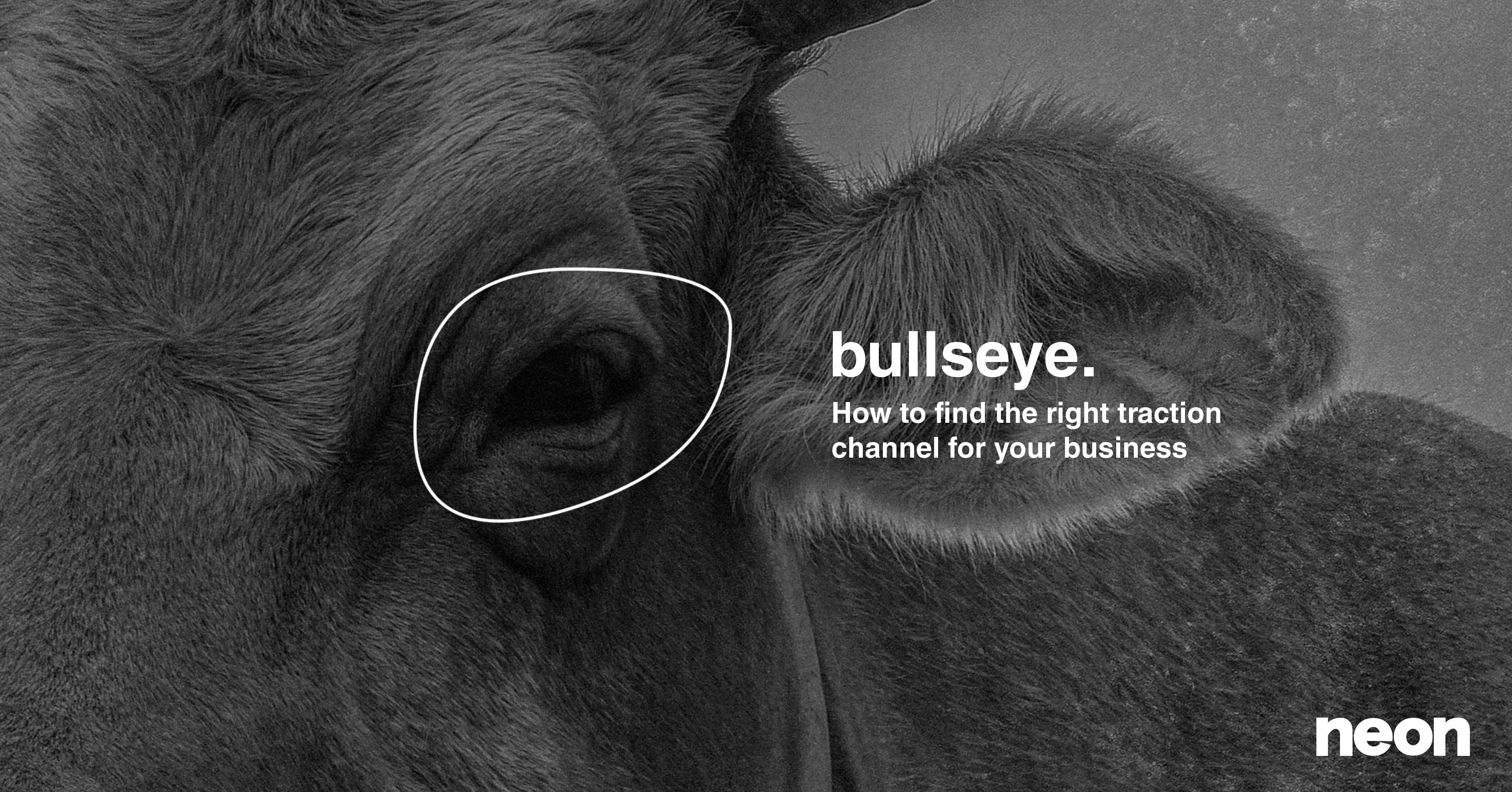This article is based on neon co-founder Michel Strotz’ personal interpretation of Facebook Inc.’s recent communication strategy in regards to Instagram hiding like counters.
A few weeks ago we ran a poll in one of our Instagram Stories:

As many of you (83%) seemed excited about Instagram hiding like counters, I figured you might want to hear some more information on this topic before making a judgement.
As always: not everything is like it seems with Facebook.
While not only the voters in our Story, but audiences in general seem to be rather amused about hidden like counters and its presumable mental health benefits, the real and economic reasons behind this move are generally ignored. Personally I believe that the amount of constructed manipulation, propaganda and whitewashing Facebook Inc. is currently doing with this topic is incredible – incredebly genius and incredebly dangerous.
A trigger for me was when I saw an IGTV video of @garyvee (a rather famous Instagram prophet and shareholder) talking about the ominous mental health problems related to “likes” on Instagram. Altough I was unable to find this exact video again for this article (it might have been deleted), here’s another similar one:
While Gary has a few valid points here, all of these discussions about alleged “mental health” benefits led me to raise the question:
“Are people really not getting why this is happening?” ??
And do they not realize what it will mean for their reach or their business?
Instagram is a multi billion dollar platform. They are not and have never been hiding sh*t because of actual mental health concerns or “to boost people’s overall creativity”, so why is everyone pretending like they suddenly do?
They’re doing this because of one single (and entirely different) reason: it will make them more money in the long term.
But let’s take a step back first.
There are 2 things that need to be understood here before I can redpill you on the actual consequences of this much discussed move.
1. Engagement rates
A user’s engagement rate is the number of likes, comments etc. he/she receives compared to the total amount of followers. Thus in theory: The higher the engagement rate on an Instagram account, the better. At the time of writing, the average engagement rate on Instagram lies at around 6.10%.
2. How Instagram makes money
Instagram makes most of its money from ads (and in the US some more with Checkout). As a business, their most important goal is to get their users to pay for these ads. Thus every major decision they take is focused on this one and only goal. They need to make money. It’s as simple as that.
The fight for attention
If a public company tells the world that they care about their customer’s mental health, it’s because they need us to believe in some way that they do (they don’t want to be perceived as evil).
However In the past years, we have learned through several whistleblowers, user interface studies etc., that Facebook and other social media apps like Youtube or Twitter put in place many mechanisms that make you addicted to their platforms (for example this video that went viral in 2017). Social networks, gaming platforms, news websites: they’re all fighting for our attention. The more we as users consume for free, the more money they can make from us through their advertisers.
This is by no means a secret anymore, now why would all of a sudden anyone believe that Mark Zuckerberg (literally the father of all social media addiction) changed this strategy out of sheer good will?
There’s a great TED talk by Tristan Harris on this subject, which you should check out if you haven’t seen it yet:
Why the like counters?
Knowing that these businesses NEED to fight for our attention in order to stay relevant, you may ask how this relates to the like counters.
Sticking with Instagram’s example: Each time someone spends a dollar on some external program or tool that helps in growing one’s account, Instagram loses potenatial profits and their entire system is devaluated. Every tool that gives someone an advantage over someone else on their platform (without having paid for native Instagram ads) is a threat to their business model.
Their number one priority as a market leader: eliminate these external services. Or at least contain them and limit their usefulness.
If you’re thinking about fake likes now, you’re perfectly right. These same mechanisms also exist on Facebook; but don’t worry: Facebook will hide like counters eventually as well. Check out this article by TechCrunch for example titled “Now Facebook says it may remove Like counts”.
Here’s some more information to spice up the discussion:
Do you remember that Instagram’s founders left the service in mid-2018? If we look back on 2019 now (for example via instagram-press.com) we can see that according to Instagram’s official posts a huge amount of press and innovation that happened was focused on one tactic: “reduce negative content and fight mental health issues”.
Here’s a short chronology of what happened in 2019, in case you don’t want to double-check the details:
- They had several “purges” like for example the meme pages purge where they removed millions of accounts.
- They limited or made it impossible to use automation software (services that can bring you more followers).
- They removed the “Following” tab so you don’t see the likes of your friends anymore.
- They introduced hidden like counters.
In retrospective, we can see that their 2019 communication strategy was a propaganda machine focused on mental health. Even apart from like counters, they’re hiding under the mask of “public health problems” to make business decisions seem fair, while in the end all of this is only a distraction for their real economic goal. Ironically, all these efforts highlight how important this move is to their business strategy. They need to get this perfectly right.
Facebook also knew that these changes were coming a long time ago because they’ve been warning about it in their developer API for over a year now:

Finally we can ask the important questions: Why should businesses care? What can actually be done for mental health?
Why should businesses care?
There are 2 major problems for businesses to consider here.
The death of engagement rates ?
The upcoming 2020 Instagram API, the hidden like counters and all its related restrictions will imply the death of the engagement rate as a tool to measure fake activities. Companies like Dovetale or Hypeauditor and also our own Instaboard tool on neontools.io will be in a very difficult situation. They will lose access to important public profile data.
Right now, these tools help less experienced users to identify fake influencers by measuring engagement rates based on likes for example. Basically they help companies to spend their money on genuine accounts instead of fake accounts.
With all its needed metrics disappearing, it will be much harder to work with Influencers outside of Instagram own « Branded Content Ads ».
We discussed this already in an article a few months ago, when Instagram introduced this system, however now that likes will disappear, these ads will become more important.
Higher Ad costs with less reach ?
The crux of Instagram’s plan: In the future, if you want to grow an Instagram account, you will need to heavily rely on in-app ads. New companies will have a hard time to compete against established ones and need to apply much more resources than already established players to get to the same results and follower numbers. The entire ad market will become even more saturated and ad bidding prices will increase drastically as a consequence.
Ironically, this is also exactly what @Garyvee (the same guy who advocates for mental health) is talking about when he speaks about TikTok. On Instagram’s biggest competitor these ad prices are still very low in comparison: free reach is almost guaranteed. In the end, there’s a standard pattern repeating itself here:
1. Early social network adoption allows for massive free reach
2. Once critical mass is reached, ads are introduced by the network owner
3. To maximize profit, the network owner increases ad costs over the years through the introduction of new «features »
Now if you’re still thinking that all of this would be rewarding for «great content creators» and will boost quality content over time, I have to disappoint you and ask: What good is quality content for your user experience when it’s directly linked to more low quality ads?
If you’re using Instagram as a business, be prepared that growing your followership in 2020 will be way more difficult and costworthy than it has been until now.
Finally we can say that Facebook is making damn sure that businesses will need to rely on ads to grow their followership.
What could actually be done for mental health?
“Mass addiction through short dopamine hits” is at the core of every big social media platform. Today more and more former executives who did pioneer work in these fields are starting to speak up against this sort of psychological abuse, as a consequence there are currently a few things happening in this area: The pressure from governments and actual meantal health institutions is growing on existing platforms & new businesses are starting to emerge that use this sentiment to their advantage (like for example Jimmy Wales, founder of Wikipedia).
Unfortunately so far these hypocritical mechanisms (like hiding like counters) that are being put in place are not solving any problems, but only making things worse. What Facebook and co would actually need to do was put in place real barriers, like for example:
– Replace infinity scrolling with a “See more” button
– Adapt their feed algorithm(s) so it/they prefer(s) quality intellectual content over click bait
– Remove “unnecessary” push notifications instead of introducing new ones that need to be disabled actively (opt-in instead opt-out)
– …
Unfortunately they will never be able to do so for as long as they are operating on the stock market.
In the end you might want to reconsider your position in regards to Facebook’s upcoming hypocritical user experience choices.
Final tip:
You can actually still see who exactly liked a post by clicking on “others”.






